
漢德百科全書 | 汉德百科全书
 United Kingdom
United Kingdom

Blenheim Palace [ˌblɛnɪm ˈpælɪs][1] beim Ort Woodstock in der Grafschaft Oxfordshire am Nordostrand der Cotswolds gehört zu den größten und bekanntesten Schlössern Englands. Es wurde für John Churchill, 1. Duke of Marlborough während der Regierung von Königin Anne als Belohnung für seine militärischen Erfolge im Spanischen Erbfolgekrieg (Sieg bei der Schlacht von Höchstädt (1704) an der Donau; englisch Battle of Blenheim) erbaut. Die englische Form Battle of Blenheim dürfte daher rühren, dass die englischen Truppen französische Aufklärer verwendeten. Deren Aussprache des Namens des Ortes Blindheim (nahe Höchstädt an der Donau) führte zur englischen Form Blenheim. In dem Schloss erinnert heute eine permanente Ausstellung an den bekanntesten Nachfahren des Dukes, Winston Churchill, der 1874 hier geboren wurde.
布莱尼姆宫(英语:Blenheim Palace),英国英格兰牛津郡伍德斯托克的世界文化遗产,是马尔博罗公爵的乡间邸宅,也是英国唯一一座非由王室或教会持有,但却拥有“宫”的称呼的乡村官邸。布莱尼姆宫是英国最大的建筑之一,建造时间为1705年至1722年之间。是安妮女王为奖励第一代马尔博罗公爵约翰·丘吉尔在布伦海姆战役中的胜利所建。
英国前首相温斯顿·丘吉尔于1874年出生于此,因而布莱尼姆宫常被称为“丘吉尔庄园”。
 Denmark
Denmark
 Germany
Germany

 Financial
Financial
 *Brazil economic data
*Brazil economic data

 Financial
Financial
 *China economic data
*China economic data

 Financial
Financial
 *Germany economic data
*Germany economic data

 Financial
Financial
 *European Union economic data
*European Union economic data

 Financial
Financial
 *France economic data
*France economic data

 Financial
Financial
 *India economic data
*India economic data

 Financial
Financial
 *Indonesia economic data
*Indonesia economic data

 Financial
Financial
 *Italy economic data
*Italy economic data

 Financial
Financial
 *Japan economic data
*Japan economic data

 Financial
Financial
 *Canada economic data
*Canada economic data

 Financial
Financial
 *Russia economic data
*Russia economic data

 Financial
Financial
 *United States economic data
*United States economic data

 Financial
Financial
 *United Kingdom economic data
*United Kingdom economic data
 Netherlands
Netherlands
 Norwegen
Norwegen
 Schottland
Schottland
 United Kingdom
United Kingdom

 Economy and trade
Economy and trade
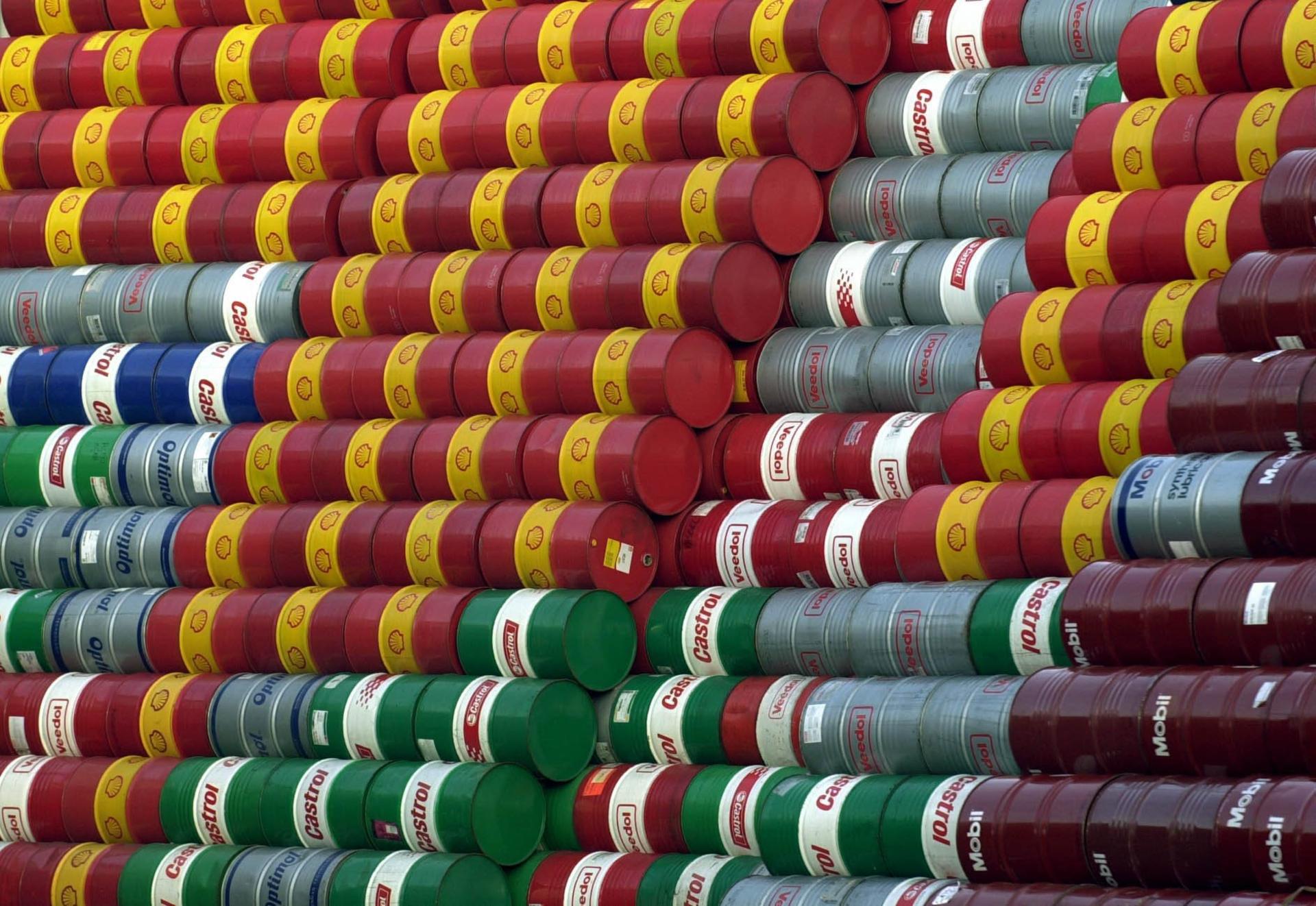
布兰特原油(英语:Brent Crude),又译布伦特原油,是一种国际原油评价观测体系,属于甜油(低硫原油),用来衡量油价高低,也是世界目前最主要也广泛的被采用、参考最多的油价数字。
布兰特原油又称北海石油,因为它是采用欧洲北海生产以及在西欧提炼的石油产品为观测标的,品质略低于西德州原油,但交易者主要是邻近的欧洲多国,布兰特原油市场也部分销往美国、北非。其中油商不少是出自世界工业老牌国家,又介入了各国不同民情和发展程度,造成其有客观性,其产品含硫量为0.37%适合提炼汽油、柴油与飞机燃油。[1]
目前国际上不成文的约定,从中东、非洲输往西方的原油均依照布兰特原油订价,其与OPEC自制的油价指数有连动关系。横跨欧亚的其他厂商,例如俄罗斯、中东和亚洲其他地区的原油生产商也是以它为参考指标。[2]
Brent ist die für Europa wichtigste Rohölsorte und derzeit (2022) die Referenzsorte für den Weltmarkt. Die Preise von etwa 60 % der weltweit gehandelten Ölsorten werden ihren Eigenschaften entsprechend mit einem Auf- oder Abschlag zum Brent-Preis versehen. Gehandelt wird eigentlich Brent Blend, ursprünglich ein Mix, hauptsächlich aus den Feldern Brent und Ninian. Brent ist ein leichtes (viele niedrigsiedende und damit wertvollere Bestandteile) und „süßes“ (Schwefelgehalt 0,4 %) Rohöl mit einem API-Grad von 38. Je eher ein Rohöl siedet, desto besser eignet es sich für die Herstellung von Kraftstoffen.[1] Es stammt aus der Nordsee zwischen den Shetlandinseln und Norwegen. Von dort gelangt es über eine Unterwasser-Pipeline zum Ölterminal Sullom Voe auf Mainland, Shetland (ebenso wie das Öl vom Ninian-Feld) und wird per Tanker weiter transportiert. Bevor die Pipeline und das Ölterminal fertiggestellt waren, wurde das Öl in der Nordsee von Verladeinseln wie der Brent Spar auf Tanker verladen. Gehandelt wird es in London an der Warenterminbörse ICE Futures (früher „International Petroleum Exchange“).
Die beiden Ölfelder Brent und Ninian haben ihr Fördermaximum (Peak Oil) inzwischen überschritten. Daher setzt sich die Sorte heute aus dem Öl von vier Feldern (Brent, Forties, Oseberg und Ekofisk) zusammen, da das Brent-Ölfeld selbst nur noch etwa 170.000 Barrel pro Tag produziert[2], was bei einem weltweiten Verbrauch von (Stand: 2011) ca. 87 Mio. Barrel täglich nur etwa 0,2 % entspricht. Das Feld Brent grenzt im Osten an das norwegische Statfjord-Feld, zwischen beiden Feldern gibt es eine Übergabe-Pipeline.
Das Ölfeld Brent wird von den Firmen Shell UK Ltd. und Esso Exploration & Production UK Ltd. erschlossen, entdeckt wurde es im Jahr 1971, gefördert wird seit 1976, im Teilfeld „Brent South“ seit August 1992. Gefördert wurden beispielsweise im Jahr 1999 4.530.000 Tonnen, im Jahr 2000 3.533.000 Tonnen.
Die für Amerika wichtigste Ölsorte ist das in den USA geförderte West Texas Intermediate (WTI), das sich aufgrund seines niedrigen Schwefelgehaltes (ein qualitätsvolles WTI-Öl enthält etwa 0,24 % S) und einer API-Dichte von etwa 39,6 Grad besser als Brent raffinieren und zu Kraftstoff verarbeiten lässt.[1] In Asien beherrscht Dubai Fateh den Markt. Weitere Referenzölsorten sind Light Sour Blend (LSB), Leona, Tijuana, Alaska North Slope, Zuetina oder Urals.
Üblicherweise ist Brent aufgrund seiner Rolle als führende Referenzölsorte auf dem Weltmarkt immer etwas teurer als WTI, obwohl Letzteres für die Treibstoffherstellung besser taugt. Nur Ende Mai 2022 war WTI – auf hohem Niveau von etwa 115 $/Barrel, wegen der Folgen des Krieges Russlands gegen die Ukraine und einer angespannten Ölversorgungslage in den USA – kurzzeitig teurer als Brent.
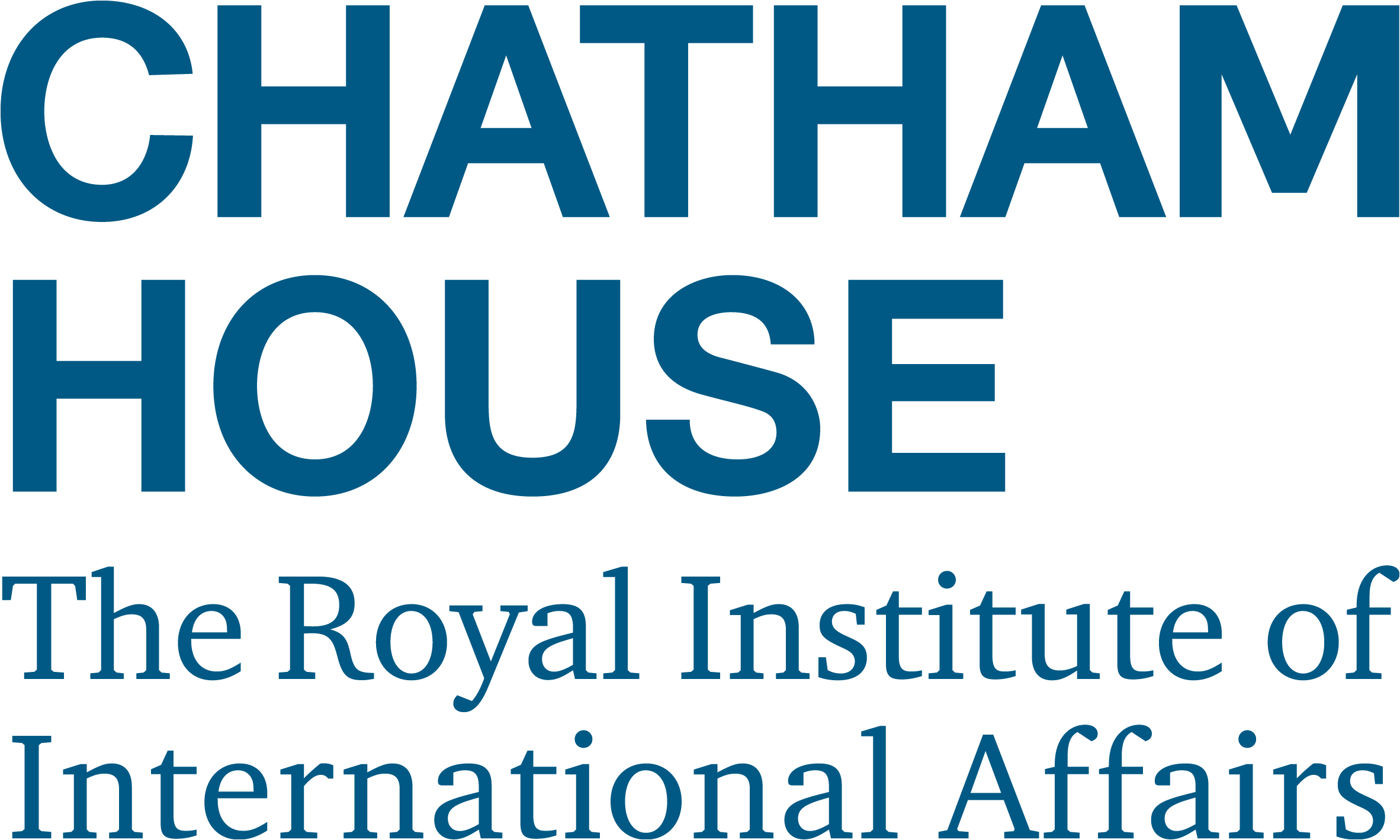

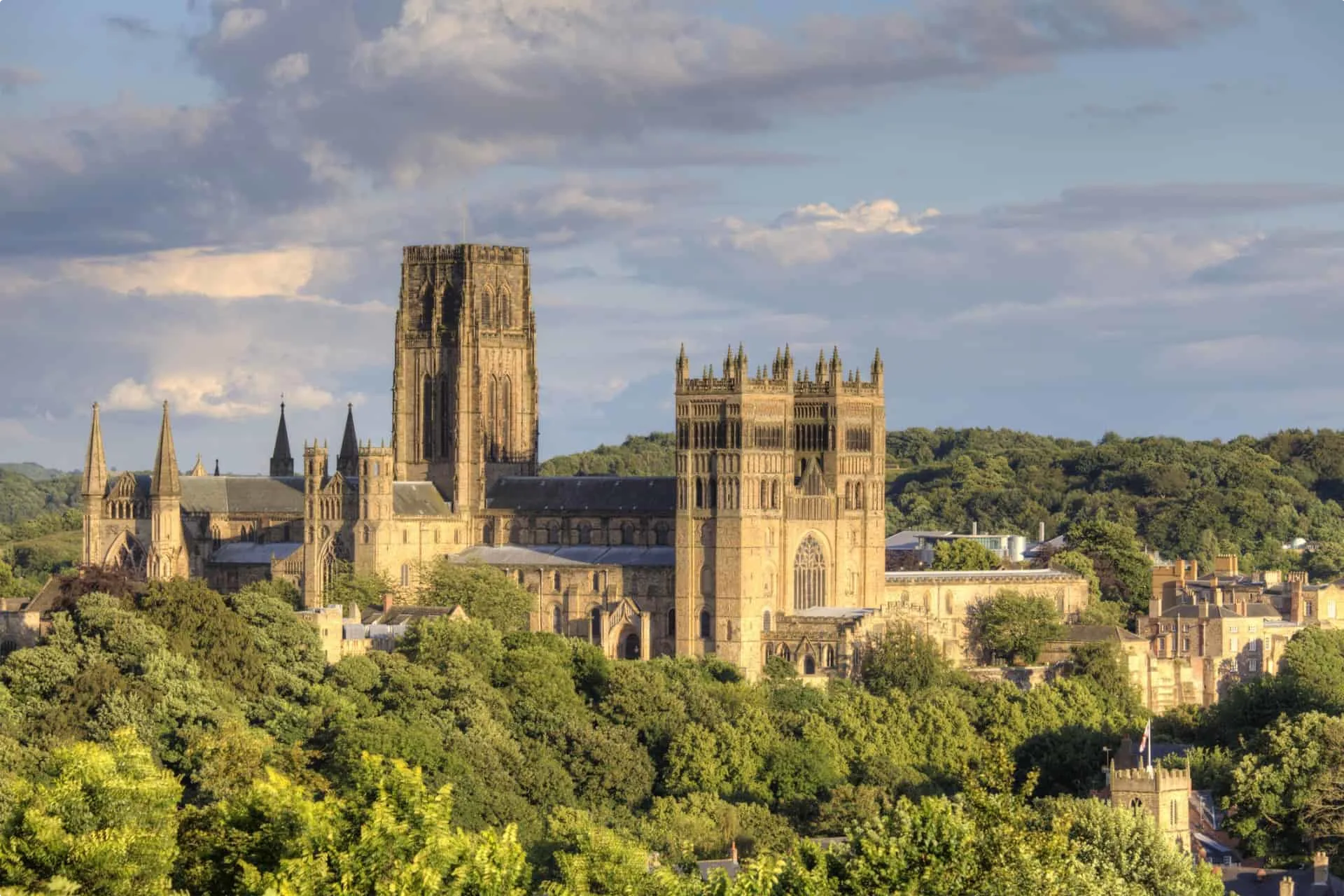
Die Durham Cathedral, oder The Cathedral Church of Christ, Blessed Mary the Virgin and St Cuthbert of Durham, so der vollständige Name, ist eine Kathedrale der Church of England in der Stadt Durham im Nordosten Englands. Sie gehört zum UNESCO-Welterbe.
达勒姆座堂(英语:Durham Cathedral)位于英格兰东北部城市达勒姆,是英格兰教会达勒姆教区的主教座堂。现存的座堂大部分建筑建于1093年—1133年,为诺曼式建筑。

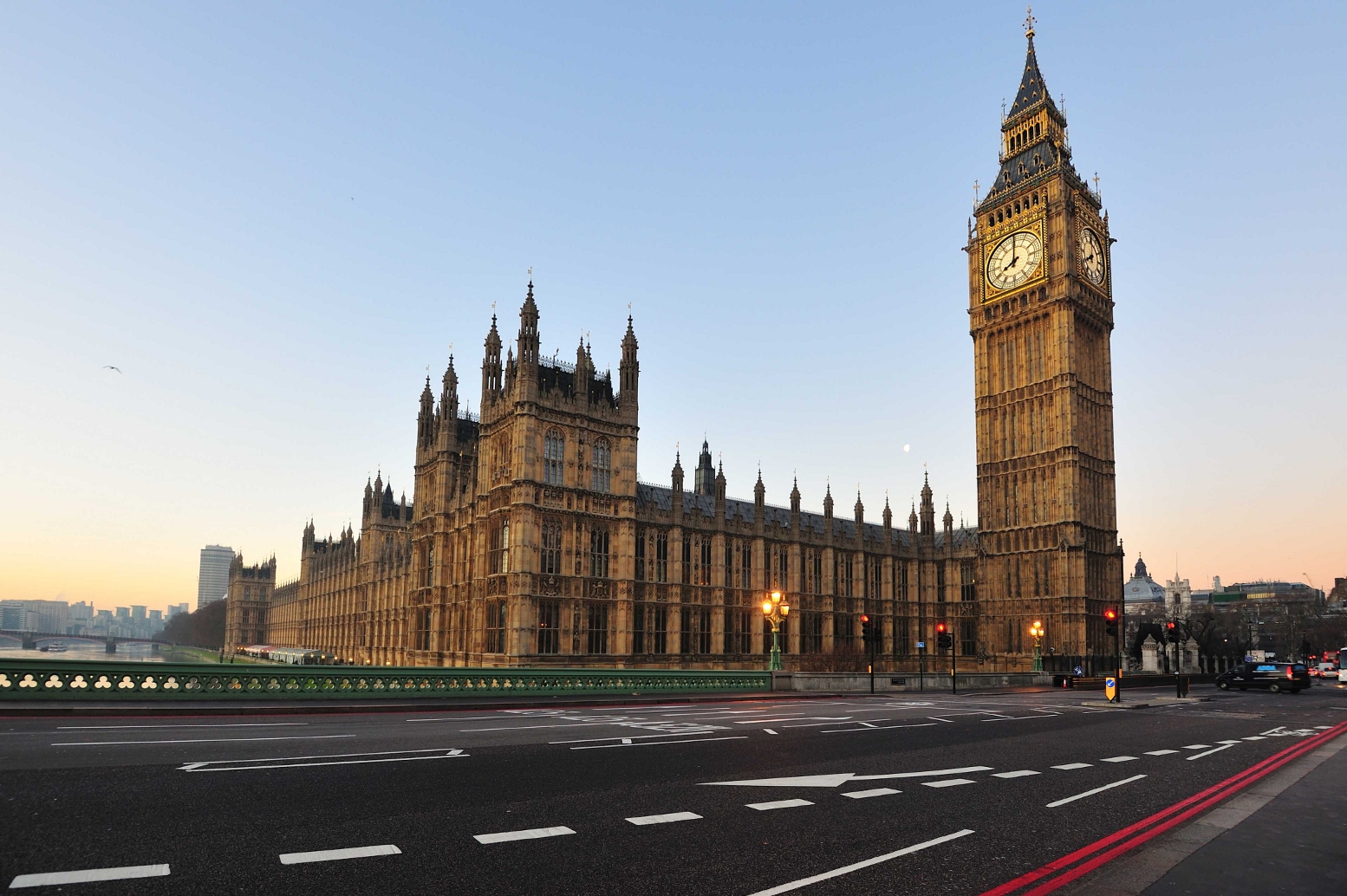
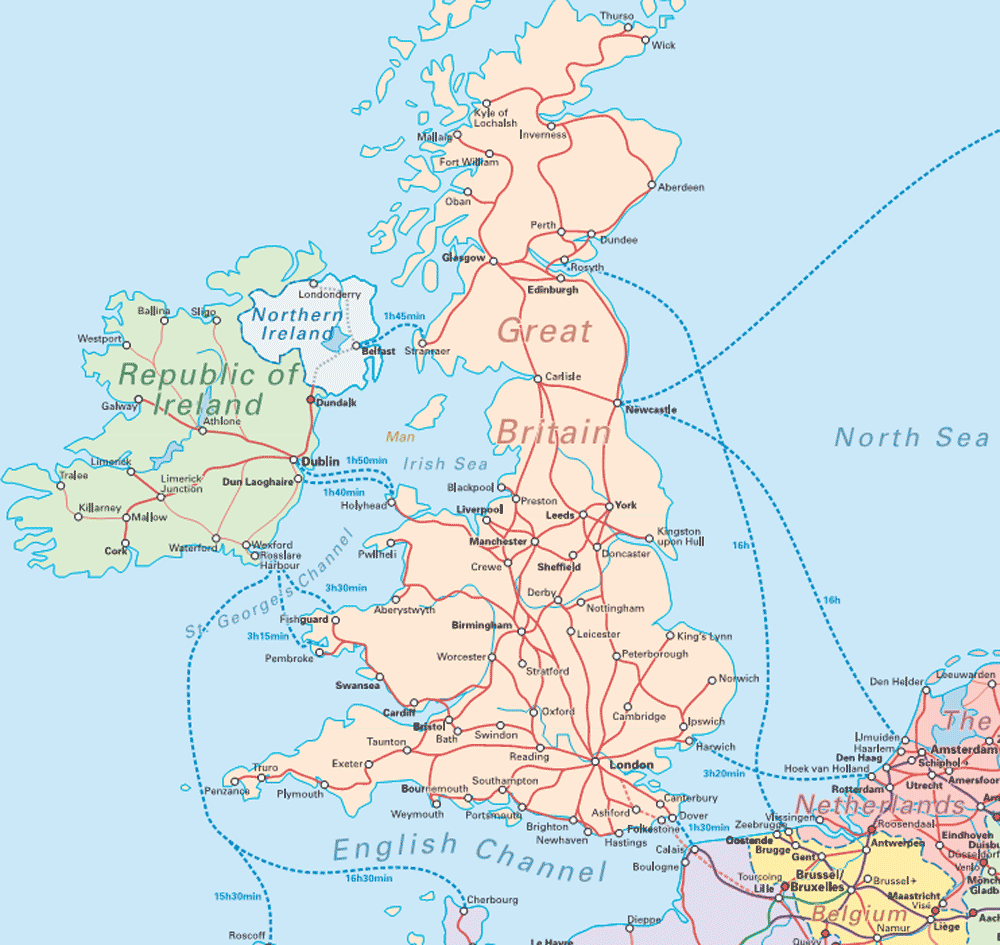
Die Insel Großbritannien liegt im Atlantischen Ozean, zwischen der Irischen See und dem Nordatlantik im Westen, der Nordsee im Osten und dem Ärmelkanal im Südosten, an der nordwestlichen Küste des europäischen Kontinents.[2]
Mit einer Fläche von 229.850 km²[1] ist die Hauptinsel die neuntgrößte Insel der Welt[3] sowie die größte Insel Europas und der Britischen Inseln, zu denen unter anderem auch Irland und die Isle of Man gehören. England und Wales bildeten im Altertum die römische Provinz Britannia.
Ein alter Name für die Insel Großbritannien ist „Albion“. Dieser Name, von Alfred Holder (Alt-Keltischer Sprachschatz, 1896) als „Weißland“ übersetzt, könnte sich auf die weißen Kreideklippen von Dover beziehen, die man bei klarer Sicht bereits vom europäischen Festland aus über die engste Stelle des Ärmelkanals hinweg sehen kann (Straße von Dover). Ein historischer Name im Gälischen für Schottland ist Alba.
Politisch ist Großbritannien seit dem Act of Union 1707 eine Einheit, die aus den Staaten England, Wales (seit 1542 englisch) und Schottland gebildet wurde. Die Hebriden, die Orkney und die Shetlandinseln werden als Teil Schottlands ebenfalls politisch zu Großbritannien gerechnet. Diese Staaten Großbritanniens und schottischen Nebeninseln bilden zusammen mit der Provinz Nordirland das Vereinigte Königreich Großbritannien und Nordirland, das im Deutschen oft ebenfalls Großbritannien genannt wird, auch wenn es vom Staatsgebiet wesentlich größer als die geographische Insel Großbritannien ist.
Die direkt der britischen Krone unterstehenden Kanalinseln und die Isle of Man sind kein Teil des Vereinigten Königreichs Großbritannien und Nordirland;[4] die Isle of Man und auch ganz Irland gehören jedoch geographisch zu den Britischen Inseln, die Kanalinseln dagegen nicht.
大不列颠岛(英语:Great Britain;苏格兰盖尔语:Breatainn Mhòr;威尔士语:Prydain Fawr;康瓦尔语:Breten Veur)是一个位于欧洲西北部的岛屿[1],面积209,331平方千米(80,823平方英里),是全世界第九大岛屿,也是不列颠群岛最大的岛屿。2008年中统计人口共5,960万[2],在各岛屿中排名第三,仅次于印尼的爪哇岛和日本的本州岛。
整个岛屿都是属于英国统治,并且联合王国的大部分领土都在大不列颠岛,所以“大不列颠”有时被用来指代整个联合王国。英格兰、苏格兰和威尔士以及它们的首府伦敦、爱丁堡及加的夫都在岛上。
安妮女王时期的1707年5月1日,英格兰王国和苏格兰王国合并组成了大不列颠王国,直到1801年大不列颠王国又和爱尔兰王国合并为大不列颠及爱尔兰联合王国。1922年爱尔兰自由邦从中独立,王国又变成了大不列颠及北爱尔兰联合王国,即是现在的英国。


 *Track and field athletics
*Track and field athletics
 4x100 m Men
4x100 m Men
 *Track and field athletics
*Track and field athletics
 4x400 m Men
4x400 m Men
 Atomic bomb
Atomic bomb
 Commonwealth of Nations
Commonwealth of Nations

 Financial
Financial

 Financial
Financial
 ***Hedge funds
***Hedge funds

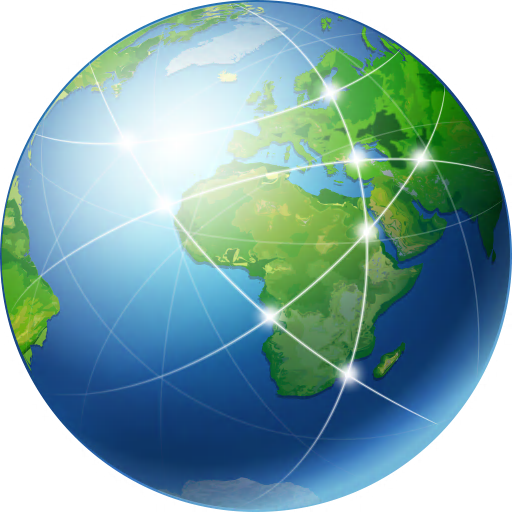 Geography
Geography

 Geography
Geography
 ***IMF Developed countries
***IMF Developed countries
 Hedge funds
Hedge funds
 Hedge funds
Hedge funds
 United Kingdom
United Kingdom
 IMF Developed countries
IMF Developed countries
 IMF Developed countries
IMF Developed countries
 TOP2
TOP2
 Leichtathletik-Weltmeisterschaften
Leichtathletik-Weltmeisterschaften
 2017 London
2017 London
 Leichtathletik-Weltmeisterschaften
Leichtathletik-Weltmeisterschaften
 1997 Athens
1997 Athens
 Leichtathletik-Weltmeisterschaften
Leichtathletik-Weltmeisterschaften
 1991 Tokyo
1991 Tokyo

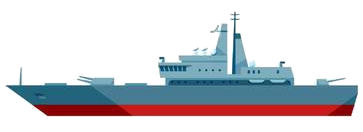
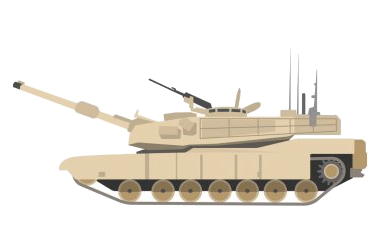

 Military, defense and equipment
Military, defense and equipment
 Nuclear Weapon
Nuclear Weapon

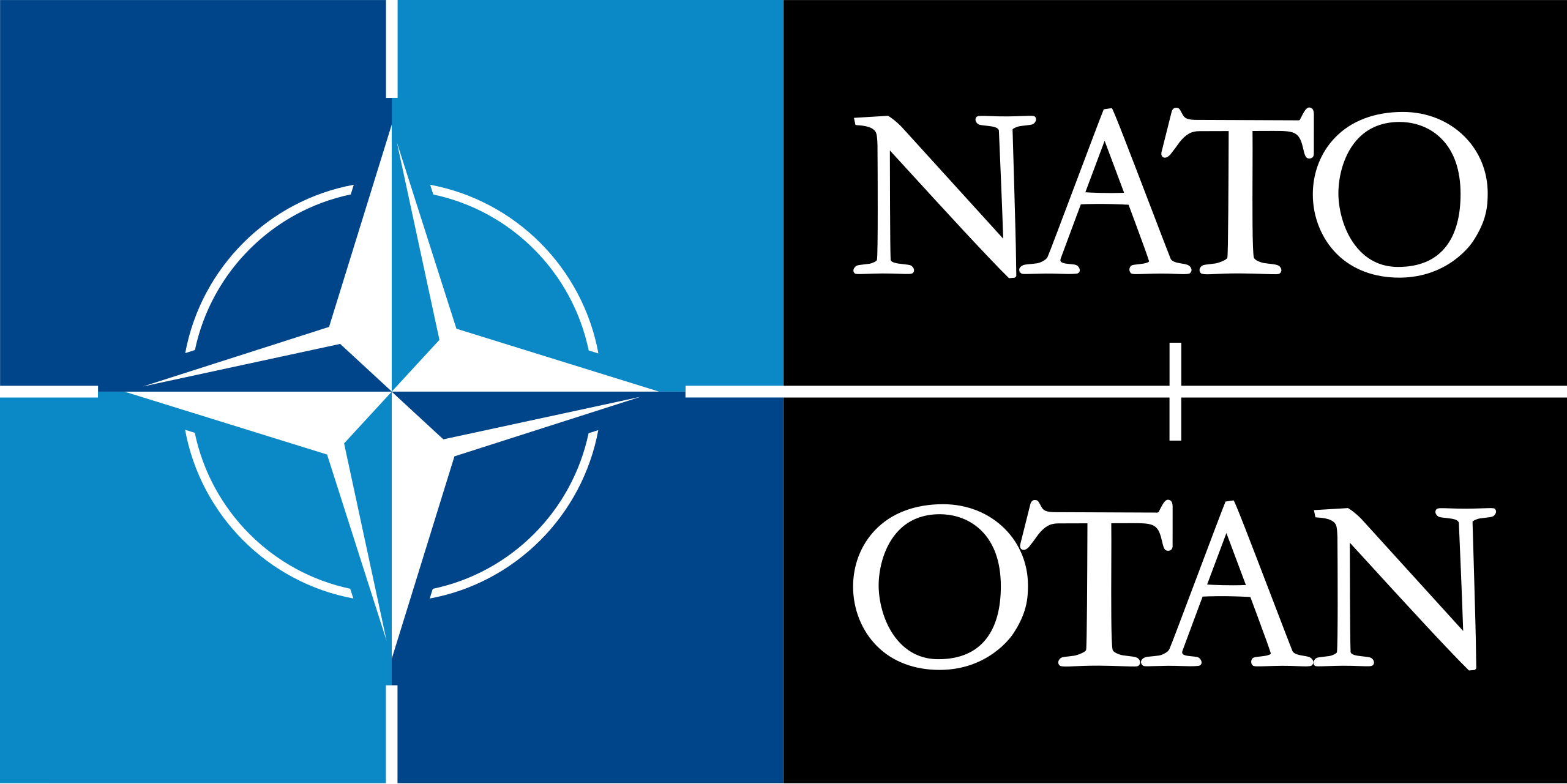 Mitglieder der NATO
Mitglieder der NATO

 Party and government
Party and government
 Group of the twenty most important industrial and emerging countries
Group of the twenty most important industrial and emerging countries

 Party and government
Party and government
 Group of Seven,G7
Group of Seven,G7

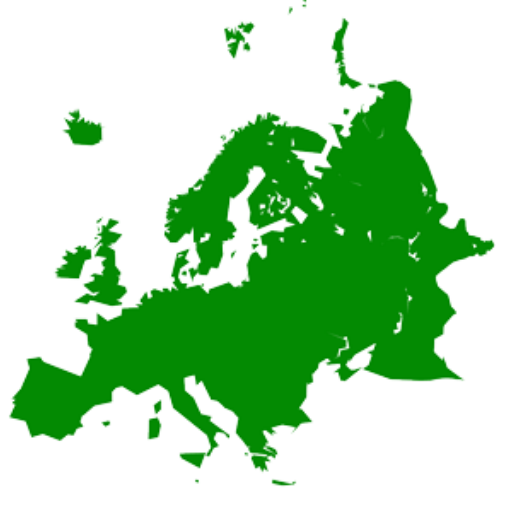 States of Europe
States of Europe

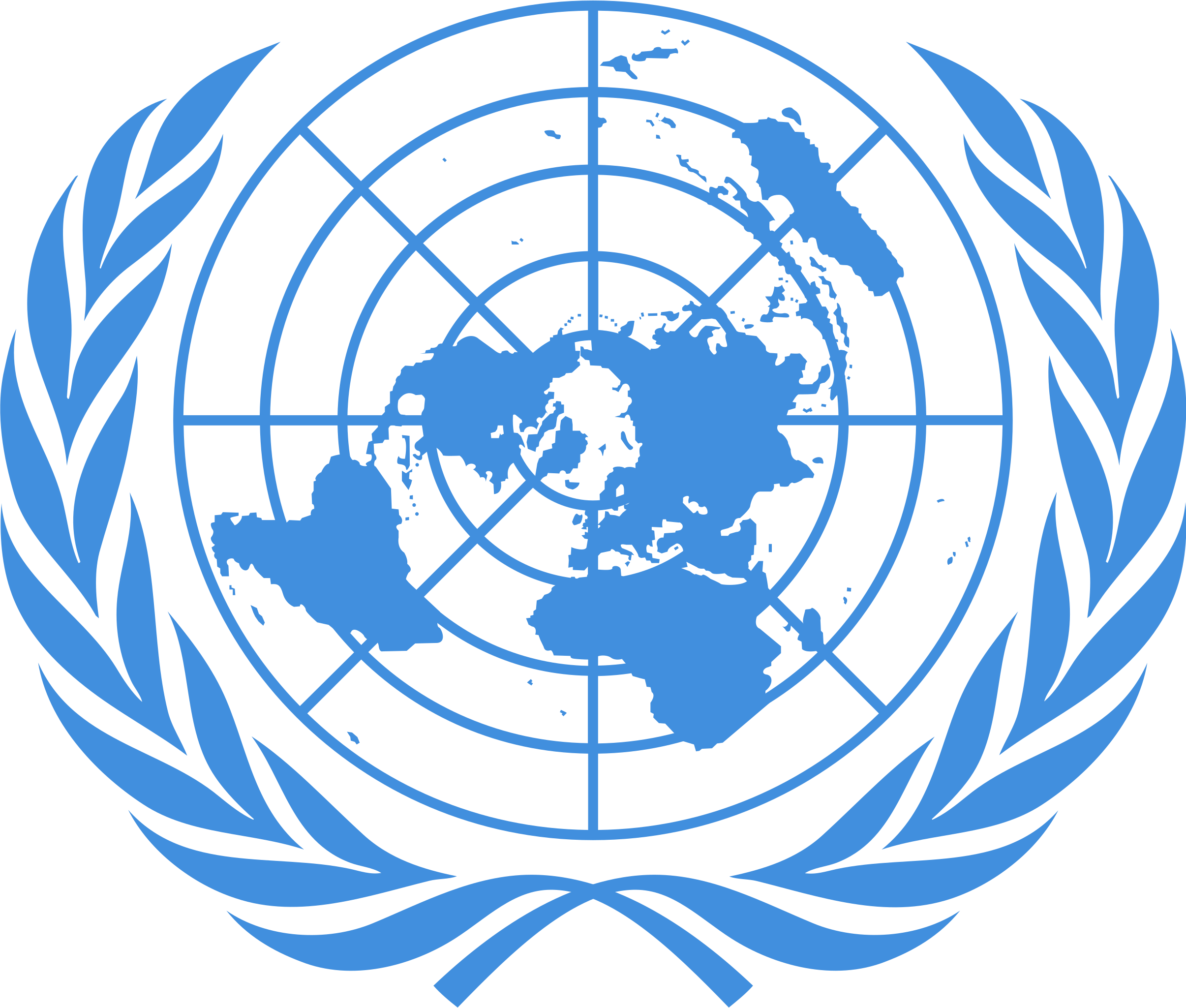 United Nations
United Nations
 United Nations Security Council
United Nations Security Council
 Hydrogen bomb
Hydrogen bomb

 Science and technology
Science and technology

 Science and technology
Science and technology
 The first industrial revolution and its leaders and followers
The first industrial revolution and its leaders and followers



Das Vereinigte Königreich von Großbritannien und Nordirland (englisch ), kurz Vereinigtes Königreich (englisch [juːˌnaɪ̯.tʰɪd ˈkʰɪŋ.dəm], internationale Abkürzung: UK oder GB), ist ein auf den Britischen Inseln vor der Nordwestküste Kontinentaleuropas gelegener europäischer Staat und bildet den größten Inselstaat Europas.
Das Vereinigte Königreich ist eine Union aus den vier Landesteilen England, Wales, Schottland und Nordirland. Im täglichen Sprachgebrauch wird es auch schlicht als Großbritannien oder England bezeichnet. Jedoch stellt England in der eigentlichen Bedeutung nur den größten Landesteil dar, während Großbritannien die Hauptinsel der Britischen Inseln mit den Landesteilen England, Schottland und Wales bezeichnet.
Mit rund 66,4 Millionen Einwohnern[6] steht das Vereinigte Königreich unter den bevölkerungsreichsten Staaten Europas nach Russland und Deutschland an dritter Stelle. Es ist Gründungsmitglied der NATO sowie der Vereinten Nationen. Es ist Atommacht, ständiges Mitglied des UN-Sicherheitsrates und einer der G7-Staaten. Von 1973 bis 2020 war es Mitglied der EWG bzw. später der Europäischen Union.
大不列颠及北爱尔兰联合王国(英语:United Kingdom of Great Britain and Northern Ireland),国际间的标准简称为联合王国(英语:United Kingdom,缩写作UK)或者不列颠(英语:Britain),汉字文化圈通称“英国”[注 5][9][10](中文早期亦称“英联王国”[注 6]),是本土位于西欧并具有海外领地[注 7]的主权国家。英国位于欧洲大陆西北面,由大不列颠岛、爱尔兰岛东北部分及一系列较小岛屿组成[11]。英国和另一国家唯一的陆上国境线位于北爱尔兰,和爱尔兰共和国相邻[注 8]。英国由大西洋所环绕,东为北海,南为英吉利海峡,西南偏南为凯尔特海,与爱尔兰隔爱尔兰海相望。该国总面积达243,610平方千米(94,060平方英里),为世界面积第80大的主权国家及欧洲面积第11大的主权国家,人口约6636万,为全球第21名及欧洲第3名。
英国为君主立宪制国家,采用议会制进行管辖[12][13]。其首都伦敦为全球城市A++级别城市和国际金融中心,大都会区人口达1380万,为欧洲第三大[14]。现任英国君主为女王伊丽莎白二世,1952年2月6日即位。英国由四个构成国组成,分别为英格兰、苏格兰、威尔士和北爱尔兰[15],其中后三者在权力下放体系之下,各自拥有一定的权力[16][17][18]。三地首府分别为爱丁堡、加的夫和贝尔法斯特。附近的马恩岛、根西行政区及泽西行政区并非联合王国的一部分,而为皇家属地,英国政府负责其国防及外交事务[19]。
英国的构成国之间的关系在历史上经历了一系列的发展。英格兰王国通过1535年和1542年的联合法令将威尔士纳入领土。1707年联合法令使英格兰王国和苏格兰王国共组大不列颠王国,1801年大不列颠王国和爱尔兰王国共组大不列颠及爱尔兰联合王国。1922年爱尔兰中南部26个郡(面积占整个爱尔兰的约六分之五)脱离英国组成爱尔兰自由邦(当今爱尔兰的前身),最终造就了当今的大不列颠及北爱尔兰联合王国[注 9]。大不列颠及北爱尔兰联合王国亦有14块海外领地[20],为往日帝国的遗留部分。大英帝国在1921年达到其巅峰,拥有全球22%的领土,是有史以来面积最大的帝国。英国在语言、文化和法律体系上对其前殖民地保留了一定的影响,因而吸引许多以前英联邦的移民前来居住。
英国为发达国家,以名义GDP为量度是世界第五大经济体,以购买力平价为量度是世界第九大经济体。英国是世界首个工业化国家,工业革命使英国人的生产力大大提高,商业与财富极大的增长,更凭借著工业时代的船坚炮利,1763年—1945年英国为世界第一强国,其鼎盛时期的19世纪还被称作英国的世纪[21][22],当今英国仍是世界强国之一,在经济、文化、军事、科技、教育和政治上均有全球性的显著影响力[23][24]。英国为国际公认的有核国家,其军事开支位列全球第五[25][26]。1945年以来英国即为联合国安全理事会常任理事国。1973年—2020年英国是欧洲联盟(EU)及其前身欧洲经济共同体(EEC)的成员国。英国还是英联邦、欧洲委员会、七国财长峰会、七国集团、二十国集团、北大西洋公约组织、经济合作与发展组织和世界贸易组织成员国。
グレートブリテン及び北アイルランド連合王国(グレートブリテンおよびきたアイルランドれんごうおうこく、英: United Kingdom of Great Britain and Northern Ireland: UK)は、ヨーロッパ大陸の北西岸に位置し、グレートブリテン島・アイルランド島北東部・その他多くの島々から成る立憲君主制国家。首都はロンドン。日本語における通称の一例としてイギリス、英国(えいこく)がある(→#国名)。
イングランド、ウェールズ、スコットランド、北アイルランドという歴史的経緯に基づく4つの「カントリー(国)」が、同君連合型の単一の主権国家を形成している[1]。しかし、政治制度上は単一国家の代表的なモデルであり、連邦国家ではない。
国際連合安全保障理事会常任理事国の一国(五大国)であり、G7・G20に参加する。GDPは世界10位以内に位置する巨大な市場を持ち、ヨーロッパにおける四つの大国「ビッグ4」の一国である。ウィーン体制が成立した1815年以来、世界で最も影響力のある国家を指す列強の一つに数えられる。また、民主主義、立憲君主制など近代国家の基本的な諸制度が発祥した国でもある。
イギリスの擬人化としてはジョン・ブル、ブリタニアが知られる。
The United Kingdom of Great Britain and Northern Ireland, commonly known as the United Kingdom (UK or U.K.)[14] or Britain,[note 10] is a sovereign country located off the northwestern coast of the European mainland. The United Kingdom includes the island of Great Britain, the northeastern part of the island of Ireland, and many smaller islands.[15] Northern Ireland shares a land border with the Republic of Ireland. Otherwise, the United Kingdom is surrounded by the Atlantic Ocean, with the North Sea to the east, the English Channel to the south and the Celtic Sea to the southwest, giving it the 12th-longest coastline in the world. The Irish Sea separates Great Britain and Ireland. The total area of the United Kingdom is 94,000 square miles (240,000 km2).
The United Kingdom is a unitary parliamentary democracy and constitutional monarchy.[note 11][16][17] The monarch is Queen Elizabeth II, who has reigned since 1952, making her the world's longest-serving current head of state.[18] The United Kingdom's capital is London, a global city and financial centre with an urban area population of 10.3 million.[19]
The United Kingdom consists of four countries: England, Scotland, Wales and Northern Ireland.[20] Their capitals are London, Edinburgh, Cardiff and Belfast, respectively. Apart from England, the countries have their own devolved governments,[21] each with varying powers.[22][23] Other major cities include Birmingham, Glasgow, Leeds, Liverpool, and Manchester.
The nearby Isle of Man, Bailiwick of Guernsey and Bailiwick of Jersey are not part of the UK, being Crown dependencies with the British Government responsible for defence and international representation.[24] The medieval conquest and subsequent annexation of Wales by the Kingdom of England, followed by the union between England and Scotland in 1707 to form the Kingdom of Great Britain, and the union in 1801 of Great Britain with the Kingdom of Ireland created the United Kingdom of Great Britain and Ireland. Five-sixths of Ireland seceded from the UK in 1922, leaving the present formulation of the United Kingdom of Great Britain and Northern Ireland. The UK's name was adopted in 1927 to reflect the change.[note 12] There are fourteen British Overseas Territories,[25] the remnants of the British Empire which, at its height in the 1920s, encompassed almost a quarter of the world's landmass and was the largest empire in history. British influence can be observed in the language, culture and political systems of many of its former colonies.[26][27][28][29][30] The United Kingdom has the world's sixth-largest economy by nominal gross domestic product (GDP), and the ninth-largest by purchasing power parity (PPP). It has a high-income economy and a very high human development index rating, ranking 14th in the world. It was the world's first industrialised country and the world's foremost power during the 19th and early 20th centuries.[31][32] The UK remains a great power, with considerable economic, cultural, military, scientific and political influence internationally.[33][34] It is a recognised nuclear weapons state and is sixth in military expenditure in the world.[35] It has been a permanent member of the United Nations Security Council since its first session in 1946.
The United Kingdom is a leading member of the Commonwealth of Nations, the Council of Europe, the G7, the G20, NATO, the Organisation for Economic Co-operation and Development (OECD), Interpol and the World Trade Organization (WTO). It was a member of the European Union (EU) and its predecessor, the European Economic Community (EEC), for 47 years, between 1 January 1973 and withdrawal on 31 January 2020.
Le Royaume-Uni (prononcé en français : /ʁwajom‿yni/a Écouter), en forme longue le Royaume-Uni de Grande-Bretagne et d'Irlande du Nordb (en anglais : United Kingdom /juːˌnaɪtɪd ˈkɪŋdəm/c Écouter et United Kingdom of Great Britain and Northern Ireland)d, est un pays d'Europe de l'Ouest, ou selon certaines définitions, d'Europe du Nord, dont le territoire comprend l'île de Grande-Bretagne et la partie nord de l'île d'Irlande, ainsi que de nombreuses petites îles autour de l'archipel. Le territoire du Royaume-Uni partage une frontière terrestre avec la république d'Irlande, et est entouré par l'océan Atlantique au nord, la mer du Nord à l'est, la Manche au sud, la mer Celtique au sud-sud-ouest, la mer d'Irlande au sud-ouest et les mers intérieures de la côte ouest de l'Écosse au nord-ouest. Le Royaume-Uni couvre une superficie de 246 690 km2, faisant de lui le 80e plus grand pays du monde, et le 11e d'Europe. Il est le 22e pays plus peuplé du monde, avec une population estimée à 65,1 millions d'habitants. Le Royaume-Uni est une monarchie constitutionnelle7 ; il possède un système parlementaire de gouvernance8,3. Sa capitale est Londres, une ville mondiale et la première place financière au monde.
Le Royaume-Uni est composé de quatre nations constitutives : l'Angleterre, l'Écosse, le pays de Galles et l'Irlande du Nord. Les trois dernières ont des administrations dévolues9, chacune avec des pouvoirs variés10, basés dans leurs capitales régionales, respectivement Édimbourg, Cardiff et Belfast. Les bailliages de Guernesey, de Jersey et l'île de Man sont des dépendances de la Couronne et ne sont donc pas rattachés au pays11. De plus, le pays comprend quatorze territoires d'outre-mer12, disséminés sur plusieurs océans. Le Royaume-Uni est né en 1707, lorsque les royaumes d'Angleterre et d'Écosse s'unifièrent pour former le royaume de Grande-Bretagne, qui s'agrandit en 1801 en s'unifiant avec le royaume d'Irlande pour former le Royaume-Uni de Grande-Bretagne et d'Irlande. En 1922, l'Irlande du Sud fit sécession du Royaume-Uni, donnant naissance à l'État d'Irlande, amenant au nom officiel et actuel de « Royaume-Uni de Grande-Bretagne et d'Irlande du Nord ». Les territoires d'outre-mer, anciennement des colonies, sont les vestiges de l'Empire britannique, qui, jusqu'à la seconde moitié du XXe siècle, était le plus vaste empire colonial de l'histoire.
L'influence britannique peut être observée dans la langue, la culture, le système politique et juridique des anciennes colonies. Le Royaume-Uni est un pays développé. Il est en 2018 la cinquième puissance mondiale par son PIB nominal13 et la neuvième puissance en termes de PIB à parité de pouvoir d'achat. Berceau de la révolution industrielle, le pays fut la première puissance mondiale durant la majeure partie du XIXe siècle14,15. Le Royaume-Uni reste une grande puissance, avec une influence internationale considérable sur le plan économique, politique, culturel, militaire et scientifique16,17. Il est également une puissance nucléaire reconnue avec le sixième budget de la défense le plus élevé18. Le Royaume-Uni est membre du Commonwealth, du Conseil de l'Europe, du G7, du G20, de l'OTAN, de l'OCDE, de l'OMC, et membre permanent du Conseil de sécurité des Nations unies depuis 1946. Le Royaume-Uni a adhéré le 1er janvier 1973 à la CEE, devenue Union Européenne, puis en est sorti le 1er février 2020 à la suite de la victoire du «

大宪章(拉丁语:Magna Carta,英语:The Great Charter)又被称作自由大宪章(拉丁语:Magna Carta Libertatum,英语:The Great Charter of the Liberties),是英格兰国王约翰最初于1215年6月15日在温莎附近的兰尼米德订立的拉丁文政治性授权文件;但在随后的版本中,大部分对英国王室绝对权力的直接挑战条目被删除;1225年首次成为法律;1297年的英文版本至今仍然是英格兰威尔士的有效法律。
这份由坎特伯里大主教史蒂芬·朗顿起草的大宪章乃封建贵族用来对抗英国国王(主要是针对当时的约翰)权力的封建权利保障协议。订立大宪章的主因是教皇、英王约翰及封建贵族对王室权力出现意见分歧。大宪章要求王室放弃部分权力,保护教会的权力,尊重司法过程,接受王权受法律的限制。大宪章是英国在建立宪法政治这长远历史过程的开始。
约翰死后,亨利三世的摄政政府为了争取支持,在删除了一些比较极端的条款后,于1216年重新颁布了“大宪章”。到1217年第一次诸侯战争结束时,亨利三世颁布的大宪章成为了停战协议的一部分。由于资金匮乏,1225年,亨利再次颁布了“大宪章”,以此换取征收新税的权力。亨利三世的儿子爱德华一世在1297年也采取了同样的措施,爱德华一世确认了大宪章是英格兰成文法的一部分。
マグナ・カルタまたは大憲章(だいけんしょう)(羅: Magna Carta、羅: Magna Carta Libertatum、英: the Great Charter of the Liberties、直訳では「自由の大憲章」)は、イングランド王国においてジョン王により制定された憲章である。イングランド国王の権限を制限したことで憲法史の草分けとなった。また世界に先駆け敵性資産の保護を成文化した[1]。
ブーヴィーヌの戦いでフランスに敗北したジョン王は、戦後さらなる徴兵を必要とした。しかし、イングランド貴族たちは度重なる軍役に反発する。彼らは徴兵に応じるどころか、ジョン王に対し、それぞれ抱えていた不満を救済するよう強く求めた。 1215年6月19日、貴族たちの要求をまとめる形でラニーミードにおいて制定されたのがマグナ・カルタである。これにより、イングランドにおいて法の支配が確認されることになった。マグナ・カルタは教皇インノケンティウス3世の勅令により無効とされたものの、その後、数度改正されている(英語版を参照されたい)。 1225年に作られたヘンリー3世のマグナ・カルタの一部は、現在でもイギリスにおいて憲法を構成する法典の一つとして効力を有する。
マグナ・カルタの理念は、国王と議会が対立した17世紀に再度注目されるようになり、エドワード・コーク卿ほか英国の裁判官たちによって憲法原理としてまとめられた。また、清教徒革命やアメリカ独立戦争の根拠ともなった。2009年、マグナ・カルタはユネスコの『世界の記憶』に登録された。
Magna Carta Libertatum (Medieval Latin for "the Great Charter of the Liberties"), commonly called Magna Carta (also Magna Charta; "Great Charter"),[a] is a charter of rights agreed to by King John of England at Runnymede, near Windsor, on 15 June 1215.[b] First drafted by the Archbishop of Canterbury to make peace between the unpopular King and a group of rebel barons, it promised the protection of church rights, protection for the barons from illegal imprisonment, access to swift justice, and limitations on feudal payments to the Crown, to be implemented through a council of 25 barons. Neither side stood behind their commitments, and the charter was annulled by Pope Innocent III, leading to the First Barons' War. After John's death, the regency government of his young son, Henry III, reissued the document in 1216, stripped of some of its more radical content, in an unsuccessful bid to build political support for their cause. At the end of the war in 1217, it formed part of the peace treaty agreed at Lambeth, where the document acquired the name Magna Carta, to distinguish it from the smaller Charter of the Forest which was issued at the same time. Short of funds, Henry reissued the charter again in 1225 in exchange for a grant of new taxes. His son, Edward I, repeated the exercise in 1297, this time confirming it as part of England's statute law.
The charter became part of English political life and was typically renewed by each monarch in turn, although as time went by and the fledgling English Parliament passed new laws, it lost some of its practical significance. At the end of the 16th century there was an upsurge in interest in Magna Carta. Lawyers and historians at the time believed that there was an ancient English constitution, going back to the days of the Anglo-Saxons, that protected individual English freedoms. They argued that the Norman invasion of 1066 had overthrown these rights, and that Magna Carta had been a popular attempt to restore them, making the charter an essential foundation for the contemporary powers of Parliament and legal principles such as habeas corpus. Although this historical account was badly flawed, jurists such as Sir Edward Coke used Magna Carta extensively in the early 17th century, arguing against the divine right of kings propounded by the Stuart monarchs. Both James I and his son Charles I attempted to suppress the discussion of Magna Carta, until the issue was curtailed by the English Civil War of the 1640s and the execution of Charles.
The political myth of Magna Carta and its protection of ancient personal liberties persisted after the Glorious Revolution of 1688 until well into the 19th century. It influenced the early American colonists in the Thirteen Colonies and the formation of the American Constitution in 1787, which became the supreme law of the land in the new republic of the United States.[c] Research by Victorian historians showed that the original 1215 charter had concerned the medieval relationship between the monarch and the barons, rather than the rights of ordinary people, but the charter remained a powerful, iconic document, even after almost all of its content was repealed from the statute books in the 19th and 20th centuries. Magna Carta still forms an important symbol of liberty today, often cited by politicians and campaigners, and is held in great respect by the British and American legal communities, Lord Denning describing it as "the greatest constitutional document of all times – the foundation of the freedom of the individual against the arbitrary authority of the despot".[4]
In the 21st century, four exemplifications of the original 1215 charter remain in existence, two at the British Library, one at Lincoln Cathedral and one at Salisbury Cathedral. There are also a handful of the subsequent charters in public and private ownership, including copies of the 1297 charter in both the United States and Australia. The original charters were written on parchment sheets using quill pens, in heavily abbreviated medieval Latin, which was the convention for legal documents at that time. Each was sealed with the royal great seal (made of beeswax and resin sealing wax): very few of the seals have survived. Although scholars refer to the 63 numbered "clauses" of Magna Carta, this is a modern system of numbering, introduced by Sir William Blackstone in 1759; the original charter formed a single, long unbroken text. The four original 1215 charters were displayed together at the British Library for one day, 3 February 2015, to mark the 800th anniversary of Magna Carta.
Magna Carta, latin pour Grande Charte, désigne plusieurs versions d'une charte arrachée une première fois par le baronnage anglais au roi Jean sans Terre le 15 juin 1215 après une courte guerre civile qui culmine le 17 mai par la prise de Londres. Les barons, excédés par les demandes militaires et financières du roi et par les échecs répétés en France, en particulier à Bouvines et à La Roche-aux-Moines, y imposent, dans un esprit de retour à l'ordre ancien, leurs exigences, dont la libération d'otages retenus par le roi, le respect de certaines règles de droit propres à la noblesse, la reconnaissance des franchises ecclésiastiques et bourgeoises, le contrôle de la politique fiscale par un Grand Conseil (en).
Elle est abrogée deux mois après son scellement puis réactivée en une version expurgée, sans conseil des barons (en), le 12 novembre 1216 durant la minorité de Henri III, amendée et complétée le 6 novembre 1217 d'une loi domaniale (en) dite Charte de forêt. Une quatrième version, réduite de près de la moitié par rapport à celle de 1215 et très peu différente de la précédente, est officiellement promulguée le 11 février 1225. Confirmée solennellement le 10 novembre 1297, c'est elle que désignera dès lors l'expression Magna Carta. En 1354, y sont introduites, sans rien changer aux statuts sociaux en vigueur, les notions d'égalité universelle devant la loi, principe qui sera argumenté en vain à la fin du XVIIe siècle pour faire libérer les esclaves parvenus sur le territoire anglais1, et de droit à un procès équitable.
Document décalqué de la Charte des libertés initialement sans conséquence réelle mais vigoureusement promu entre 1297 et 1305 sous le règne finissant d'Édouard Ier pour soutenir une féodalité déliquescente, il est régulièrement revendiqué par le Parlement durant tout le bas Moyen Âge mais tombe en désuétude à la suite des bouleversements institutionnels induits par la guerre des Deux-Roses. Sorti de l'oubli, il est instrumentalisé au début du XVIIe siècle par les opposants à une monarchie absolue, tel Henri Spelman (en), et érigé à la suite de la Révolution par les partisans d'une monarchie constitutionnelle comme une preuve d'ancienneté de leurs revendications (en). Ses articles 38 et 39 concernant ce qui sera désigné à partir de 1305 sous l'expression Habeas corpus, de simple rappel d'un privilège aristocratique devient, à l'occasion du vote de la Loi de l'Habeas corpus (en) en 1679, le symbole d'une justice qui proscrit les arrestations arbitraires — partant du principe de son indépendance vis-à-vis de l'exécutif — voire de la liberté individuelle.
La Magna Charta Libertatum (dal latino medievale, "Grande Carta delle libertà"), comunemente chiamata Magna Carta, è una carta accettata il 15 giugno 1215 dal re Giovanni d'Inghilterra (soprannominato anche "Giovanni Senza Terra", perché privo di appannaggi reali) a Runnymede, nei pressi di Windsor. Redatta dall'Arcivescovo di Canterbury per raggiungere la pace tra l'impopolare re e un gruppo di baroni ribelli, garantì la tutela dei diritti della chiesa, la protezione ai baroni dalla detenzione illegale, la garanzia di una rapida giustizia e la limitazione sui pagamenti feudali alla corona.
Fu chiamata magna per non confonderla con un provvedimento minore, una carta emanata proprio in quegli anni per sancire una serie di limiti al potere del sovrano inglese. Pur presentandosi, quindi, come un atto di concessione unilaterale da parte del re, costituiva, in realtà, un contratto di riconoscimento di diritti reciproci. Dopo la morte di Giovanni, il governo di Guglielmo il Maresciallo, reggente per il suo giovane figlio Enrico III, fece emanare nuovamente il documento nel 1216, spogliato di alcuni dei suoi contenuti più radicali, in un tentativo fallito di costruirsi un sostegno politico; l'anno seguente, alla fine della prima guerra dei baroni, fece parte del trattato di pace concordato a Lambeth. A corto di fondi, Enrico fece ripubblicare ancora una volta la Carta nel 1225, in cambio di una concessione di nuove tasse; suo figlio, Edoardo I, lo fece nel 1297, questa volta confermandola come parte della legge statutaria dell'Inghilterra.
Benché la Magna Carta sia stata più volte modificata, nel corso dei secoli, da leggi ordinarie emanate dal parlamento, conserva tuttora lo status di Carta fondamentale della monarchia britannica e rimangono tuttora in vigore gli articoli 1, 9 e 29 dell’ultima versione, quella del 1297.
Giovanni, che aveva firmato questo documento sotto coercizione e combattuto i ribelli con la benedizione del Papa Innocenzo III fino alla morte, fu di fatto l'ultimo vero sovrano teocratico, anche se molti discendenti riuscirono con successo a restaurare la monarchia assoluta.[1]
Magna Carta Libertatum (en latín medieval, «Gran Carta de las Libertades»), más conocida como la Carta Magna (en inglés y latín medieval, Magna Carta, «Gran Carta»),i es una carta otorgada por Juan I de Inglaterra en Runnymede, cerca de Windsor, el 15 de junio de 1215.ii Redactada en primer lugar por el arzobispo de Canterbury, Stephen Langton, para hacer las paces entre el monarca inglés, con amplia impopularidad, y un grupo de barones sublevados, prometía la protección de los derechos eclesiásticos, la protección de los barones ante el encarcelamiento ilegal, el acceso a justicia inmediata y las limitaciones a las tarifas feudales a la Corona, que se implementarían mediante un concilio de veinticinco barones. Ninguno de los bandos cumplió con sus compromisos y la carta fue anulada por el papa Inocencio III, lo que provocó a la primera Guerra de los Barones. Después de la muerte de Juan I, el gobierno de regencia del joven Enrique III volvió a promulgar el documento en 1216 —aunque despojado de algunos de sus incisos más radicales—, en un intento fallido de obtener apoyo político para su causa. Al final de la guerra en 1217, la carta formó parte del tratado de paz acordado en Lambeth, donde adquirió el nombre de «Carta Magna» para distinguirla de la pequeña Carta Forestal emitida al mismo tiempo. Ante la falta de fondos, Enrique III decretó nuevamente la carta en 1225 a cambio de una concesión de nuevos impuestos. Su hijo Eduardo I repitió la sanción en 1297, esta vez confirmándola como parte del derecho estatutario de Inglaterra.
El documento se volvió en parte de la vida política inglesa y era renovada habitualmente por el monarca de turno, aunque con el paso del tiempo el recién creado Parlamento inglés aprobó nuevas leyes, por lo que la carta perdió parte de su significado práctico. A finales del siglo XVI hubo un creciente interés por la Carta Magna. Los abogados e historiadores de la época pensaban que existía una antigua constitución inglesa, remontada a los días de los anglosajones, que protegía las libertades individuales de los ingleses. Argumentaron que la invasión normanda de 1066 había suprimido estos derechos; según ellos, la Carta Magna fue un intento popular de restaurarlos, lo que la convirtió en una base esencial para los poderes contemporáneos del Parlamento y principios legales como el habeas corpus. Aunque este relato histórico tenía sus fallas, juristas como Edward Coke utilizaron mucho la Carta Magna a principios del siglo XVII para objetar el derecho divino de los reyes, propuesto por los Estuardo desde el trono. Tanto Jacobo I como su hijo Carlos I intentaron prohibir la discusión de la Carta Magna, hasta que la Revolución inglesa de los años 1640 y la ejecución de Carlos I restringieron el tema.
El mito político de la Carta Magna y su protección de las antiguas libertades personales persistieron después de la Revolución Gloriosa de 1688 hasta bien entrado el siglo XIX. Influyó en los primeros colonos americanos en las Trece Colonias y en la formación de la Constitución estadounidense en 1787, que se convirtió en la ley suprema de los territorios en la nueva república de los Estados Unidos.iii La investigación de historiadores victorianos demostró que la carta original de 1215 concernía a la relación medieval entre el monarca inglés y los barones, en lugar de los derechos de la gente común, pero dichaa carta seguía siendo un documento poderoso e icónico, incluso después de que casi todo su contenido fue derogado de los estatutos de los siglos XIX y XX. La Carta Magna aún constituye un símbolo importante de la libertad, frecuentemente es citada por políticos y activistas y es respetada por las comunidades legales británicas y estadounidenses; el jurista Tom Denning la describió como «el documento constitucional más grande de todos los tiempos: la fundación del libertad del individuo contra la autoridad arbitraria del déspota».6
En el siglo XXI, solo existen cuatro copias auténticas de la carta de 1215: dos en la Biblioteca Británica, una en la catedral de Lincoln y otra en la catedral de Salisbury. También existe un puñado de cartas posteriores en manos públicas y privadas, como copias de la carta de 1297 conservadas en los Estados Unidos y Australia. Las cartas originales se escribieron en hojas de pergamino utilizando plumas de ave, en latín medieval rigurosamente abreviado, que era la convención de documentos legales en ese tiempo. Cada uno recibió el gran sello real (hecho de cera estampada y lacre de resina), aunque pocos de estos sellos han sobrevivido. Aunque los eruditos se refieren a 63 «cláusulas» numeradas de la Carta Magna, este sistema moderno de numeración fue introducido por William Blackstone en 1759; el estatuto original era un texto único, vasto e ininterrumpido. El conjunto de las cuatro cartas originales de 1215 se exhibió en la Biblioteca Británica durante un día (3 de febrero de 2015) para conmemorar el 800.º aniversario de la Carta Magna.
Вели́кая ха́ртия во́льностей (лат. Magna Carta, также Magna Charta Libertatum) — политико-правовой документ, составленный в июне 1215 года на основе требований английской знати к королю Иоанну Безземельному и защищавший ряд юридических прав и привилегий свободного населения средневековой Англии. Состоит из 63 статей, регулировавших вопросы налогов, сборов и феодальных повинностей, судоустройства и судопроизводства, прав английской церкви, городов и купцов, наследственного права и опеки. Ряд статей Хартии содержал правила, целью которых было ограничение королевской власти путём введения в политическую систему страны особых государственных органов — общего совета королевства и комитета двадцати пяти баронов, обладавшего полномочиями предпринимать действия по принуждению короля к восстановлению нарушенных прав; в силу этого данные статьи получили название конституционных.
Великая хартия вольностей появилась на волне глубокого обострения социально-политических противоречий, причиной которых стали многочисленные случаи злоупотреблений со стороны короны. Непосредственному принятию Хартии предшествовало масштабное противостояние короля и английских баронов, поддержанных всеми свободными сословиями. Несмотря на то, что Иоанн Безземельный, вынужденный утвердить Хартию, вскоре отказался от её исполнения, впоследствии ряд её положений в том или ином виде неоднократно был подтвержден другими английскими монархами. В настоящее время продолжают действовать четыре статьи Хартии, в связи с чем она признается старейшей частью некодифицированной британской конституции.
Изначально Великая хартия вольностей носила консервативный характер: в большинстве статей она закрепляла, упорядочивала и уточняла общепризнанные и устоявшиеся нормы обычного феодального права. Однако, преследуя защиту феодальных интересов, нормы Хартии использовали ряд прогрессивных принципов — соответствия действий должностных лиц закону, соразмерности деяния и наказания, признания виновным только в судебном порядке, неприкосновенности имущества, свободы покинуть страну и возвратиться в неё и других. В период подготовки и проведения Английской революции Хартия приобрела значение символа политической свободы, став знаменем борьбы англичан против королевского деспотизма и фундаментом Петиции о праве и других конституционных документов, а провозглашенные ею гарантии недопущения нарушений прав английских подданных оказали влияние на становление и развитие института прав человека.
 Architecture
Architecture
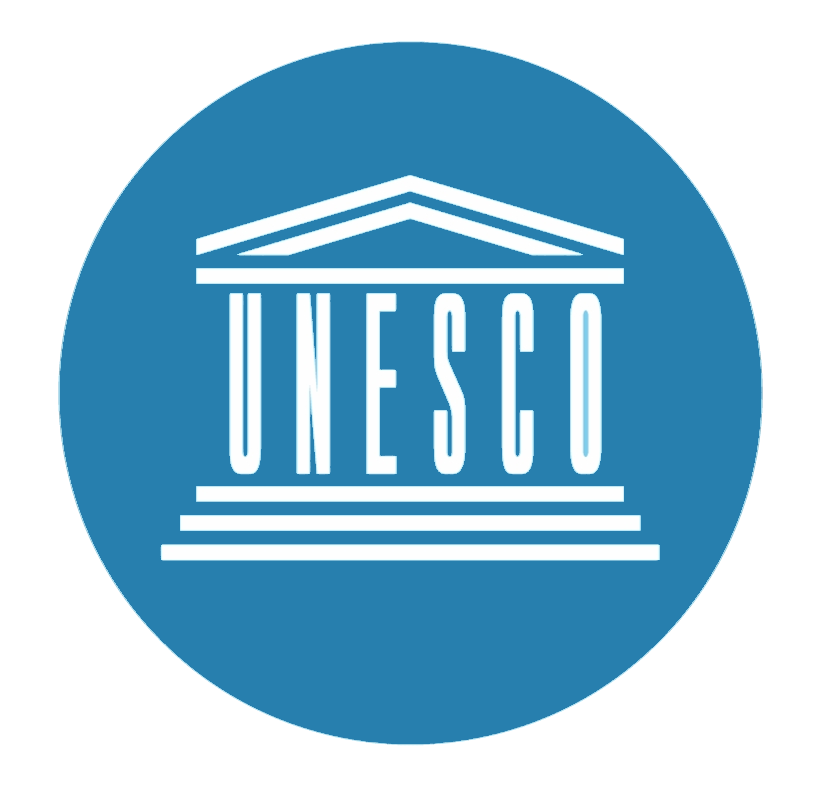 World Heritage
World Heritage
 Energy resource
Energy resource
 Eat and Drink
Eat and Drink
 Companies
Companies
 History
History
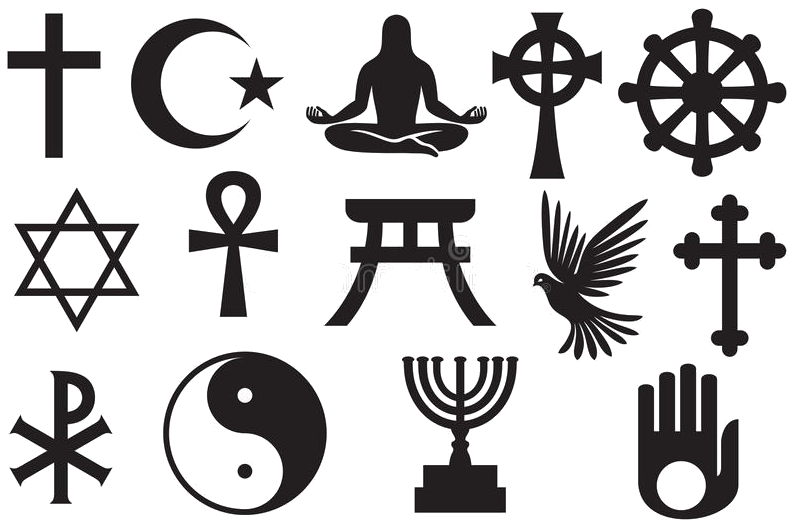 Religion
Religion

 Law
Law